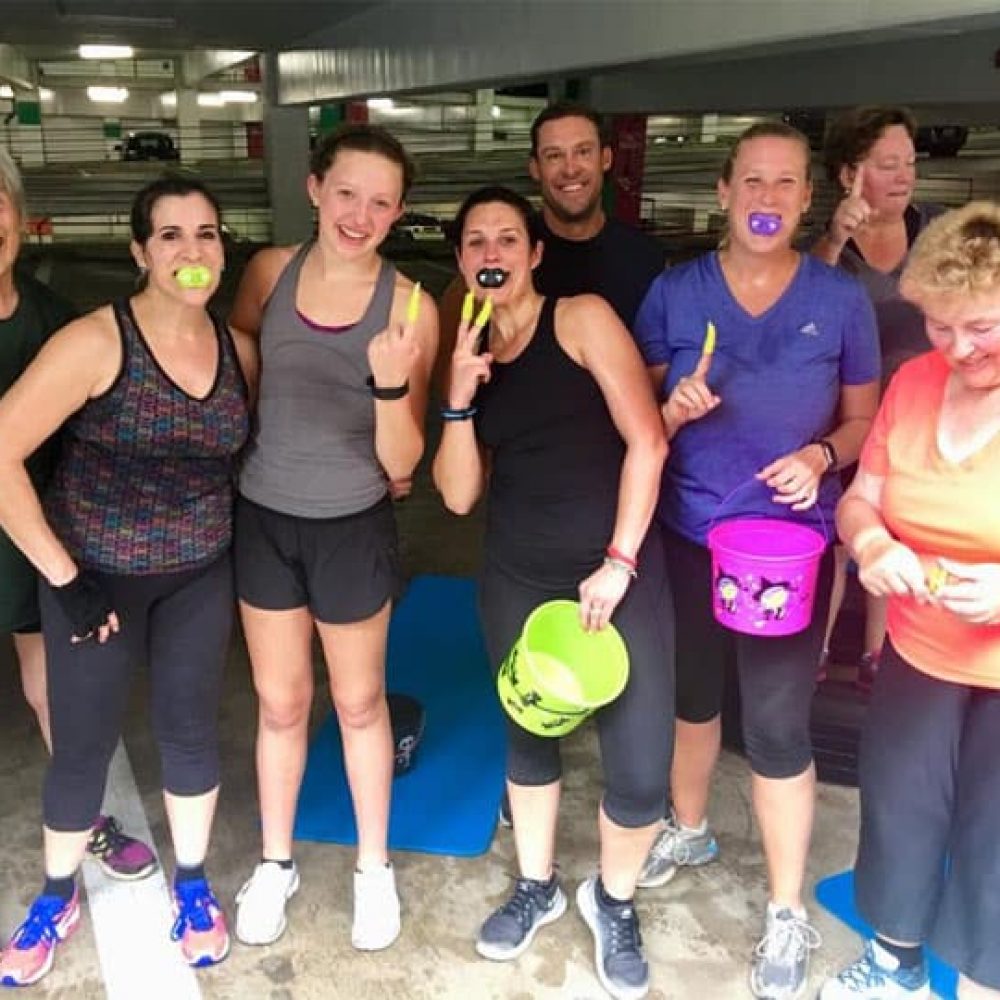Parkinson’s Disease and Exercise
Written By Mary Anne Ostrenga, a woman with Parkinson’s
Parkinson’s disease (PD) is a neurological movement disorder that effects each person differently. The loss of dopamine in the brain causes slow movement, tremors, shuffling gait, loss of balance, and eventually the inability to care for oneself.
A person with Parkinson’s will probably notice small things at first and wonder what is happening to them.
- One of the first things I noticed was that it was becoming difficult for me to brush my teeth. An electric toothbrush helps with this problem.
- Turning over in bed becomes a challenge. Satin pajama’s or sheets help with this disability.
- Getting out of a car became a laborious event. Only solution I found so far, was my Lexus SUV, I am able to jump out!
- One of the most frustrating effects is having a soft voice. The solution for this is practice yelling!
- Falling down is also a big problem, loss of balance, my knees are quite scarred.
- Loss of facial movement and expression. Solution, practice smiling, and using facial muscles.
Parkinson medication can only help a person with PD to a certain extent. The movement disorder neurologist that is my physician says “that exercise is the best thing that I can do for myself”.
In the spring of this year I felt myself getting week and weary earlier and earlier in the day. Then I started to feel that I was losing my strength in my arms. A bone density test showed that my bones were deteriorating from osteoporosis. I finally decided to get a personal trainer and start to fight against the inevitable changes of getting older, and from having both Parkinson’s Disease and Osteoporosis.
Some of the benefits I have noticed.
- I am less easily fatigued, when I am exercising 3 times a week.
- When I have aches and pains my trainer helps teach me different exercises to straighten the areas where I am weak, and then I feel better.
- Parkinson’s causes stiffness of the muscles, which exercise helps to combat and keep under control.
- When exercising on my own for the past few years, I kept getting injured. With my trainer I have not gotten hurt.
In summary, I am grateful that I have been able to take private training lessons. I recommend a personal trainer to get you started and keep fighting against the disability that may be sneaking up on you, be it Parkinson’s or any other neuromuscular related diseases.

